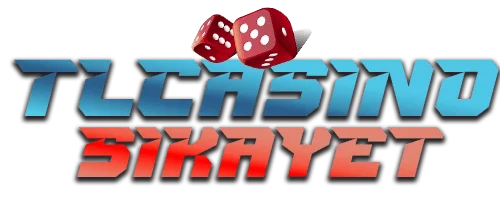In the mid-2000s, the gaming landscape was firmly divided between the stationary power of home consoles and the pick-up-and-play simplicity of handhelds like the Game Boy Advance. Sony’s entry into the portable fray, the PlayStation Portable (PSP), boldly rejected this dichotomy. It wasn’t merely a dipo4d handheld; it was a multimedia entertainment console that fit in your pocket, and its ambition was reflected directly in its software library. The best PSP games were revolutionary, not just for their technical prowess—which was significant—but for how they delivered deep, complex, and console-quality experiences anywhere, anytime. They redefined what a mobile gaming device was capable of, creating a legacy that influences portable design to this day.
The PSP’s greatest strength was its ability to host full-fledged entries in franchises that were previously the sole domain of the living room television. This was epitomized by Metal Gear Solid: Peace Walker, a title so rich in content and narrative depth that it was later remastered for PlayStation 3 and Xbox 360. This was no side story; it was a canonical chapter in the saga of Big Boss, featuring co-op gameplay, base management, and a gripping story. Similarly, Monster Hunter Freedom Unite became a social phenomenon, particularly in Japan, where players gathered in droves to hunt colossal beasts together via the system’s ad-hoc wireless connectivity. These weren’t diluted spin-offs; they were core, essential experiences that demanded dozens, if not hundreds, of hours of investment.
Beyond these blockbuster experiences, the PSP became a sanctuary for genres that were beginning to struggle on home consoles. It became a JRPG powerhouse, hosting modern classics like Crisis Core: Final Fantasy VII, which expanded the lore of its beloved parent title, and Persona 3 Portable, which masterfully adapted a massive social sim/RPG hybrid onto the system, making it more accessible than ever. Strategy RPGs also found a perfect home on the platform, with the impeccable remakes of Tactics Ogre: Let Us Cling Together and Final Fantasy Tactics: The War of the Lions offering deep, tactical gameplay ideally suited for short bursts or long sessions on the go. The PSP preserved and celebrated these deep, narrative-driven genres.
Furthermore, the platform was a breeding ground for breathtaking originality and innovation. First-party studios delivered iconic properties that were born on the PSP and became synonymous with its identity. The rhythmic, god-like strategy of Patapon and the cheerful, blob-rolling physics of LocoRoco were unique artistic statements that could only have existed on that device, leveraging its specific capabilities for creative gameplay. The PSP proved that a powerful handheld could be more than a vessel for ports; it could be a primary source of artistic innovation and a haven for dedicated gamers seeking substance and style. Its library stands as a testament to a bold vision of mobile gaming—one focused on depth, quality, and uncompromised experiences.
